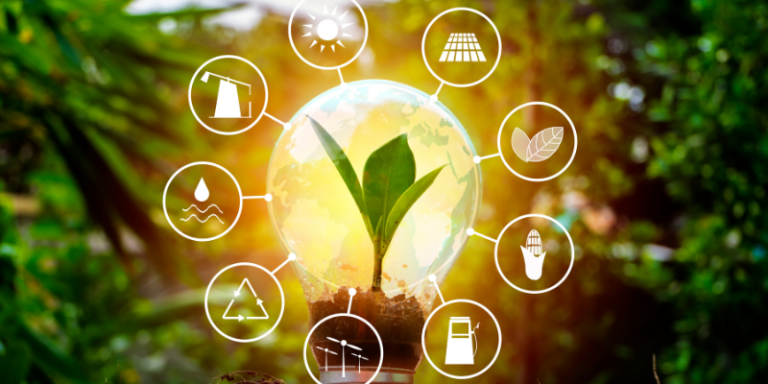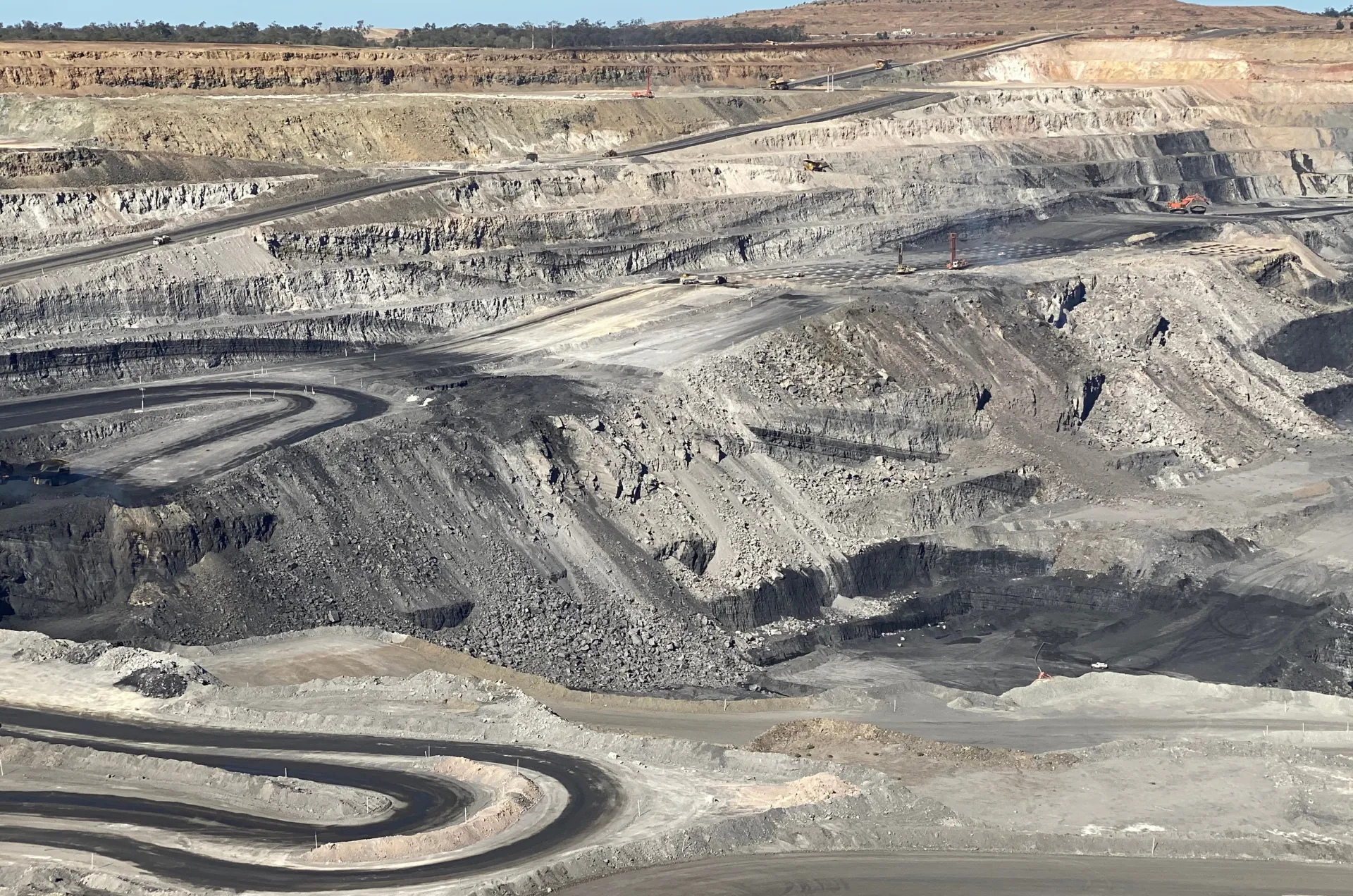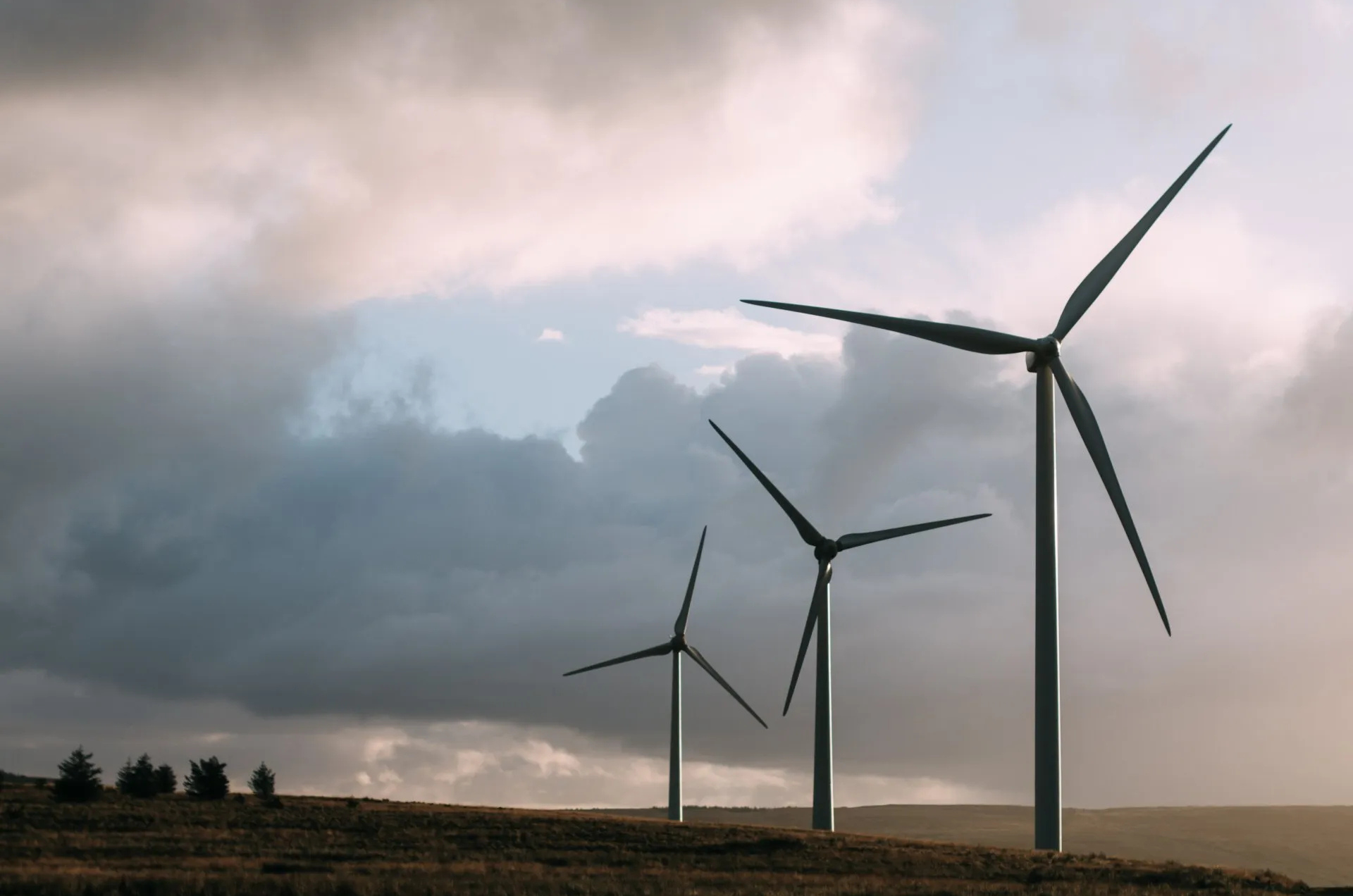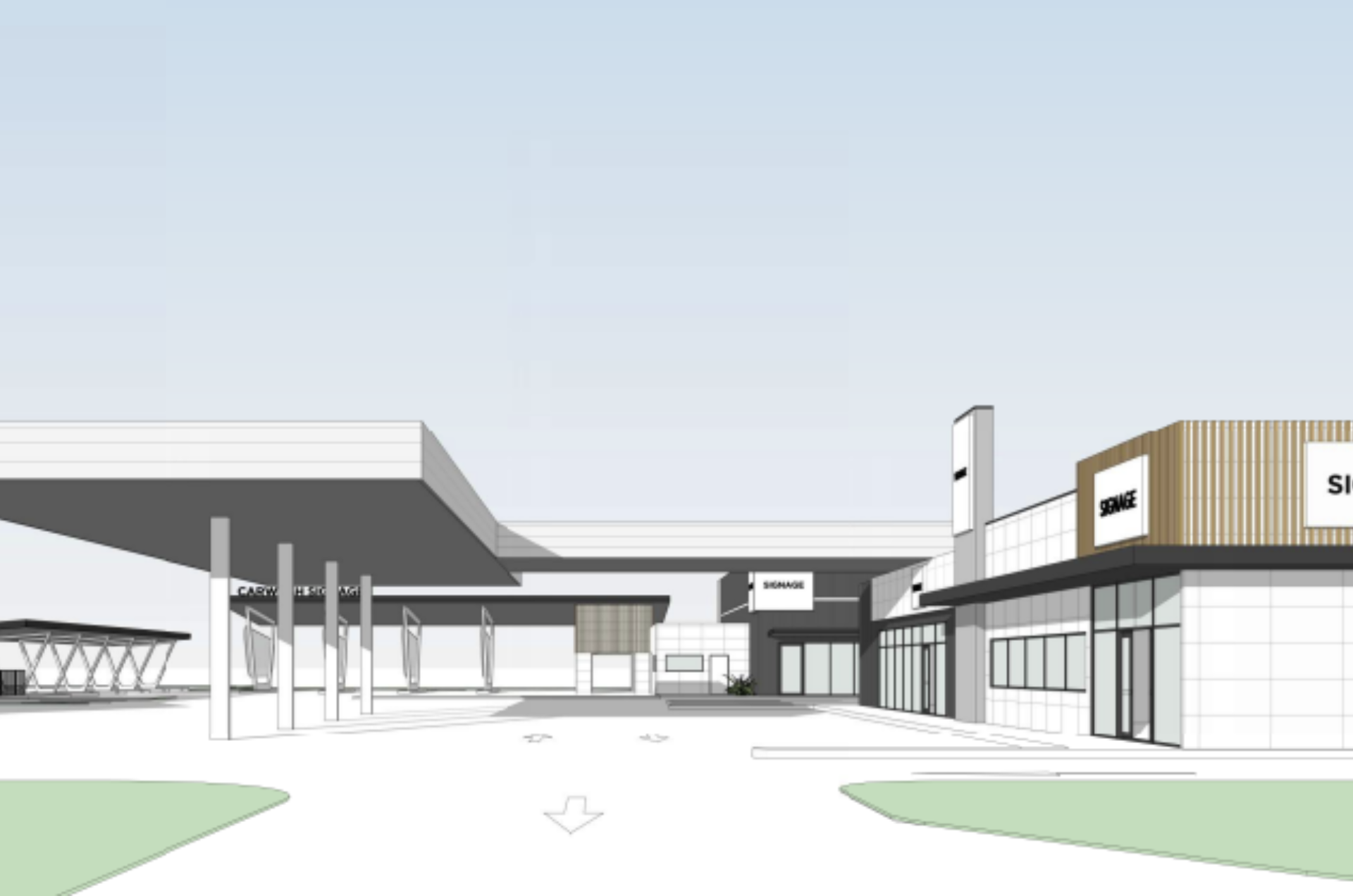—————-
We all know the goal – net zero emissions by 2050. The energy sector is one of the major hurdles in the overhaul – with such a big country being powered by our own wealth of coal, what is it going to take to completely turn things around? How will we achieve net zero emissions in the energy sector?
In an August 2023 report by the Planning Institute of Australia (PIA), Achieving Net Zero Emissions , the energy sector was identified as the top producer of carbon emissions in Australia. Electricity production alone accounts for over 33% of emissions, further added to by the emissions of fossil fuel energy sources (stationery energy).
LET’S LOOK AT THE STATS
Australia’s energy consumption in 2020-21 was 5789.6 Petajoules (PJ). For perspective, one Petajoule is equivalent to 31.6 million m 3 of natural gas or 278 million kilowatt hours of electricity (source: Statistics Netherlands).
Of that total energy consumption, oil accounted for 36.2%, coal accounted for 28.7%, and gas accounted for 27.1%. That left a mere 8% for renewables.
How can we flip those figures, particularly with a stringent deadline?
In late 2022, Federal Climate Change and Energy Minister Chris Bowen detailed the scale of infrastructure required. The estimate is that Australia must install 22,000 500-watt solar panels every day for eight years along with 40 seven-megawatt wind turbines every month. These will require at least 10,000 kilometres of additional transmission lines.
At present, the largest wind farm in Australia (and indeed the southern hemisphere) is the McIntyre Wind Farm, which is currently under construction and will produce 1026MW. By comparison, other operating wind farms are producing between approximately 250MW and 500MW.
A quick bit of maths reveals that 1026MW is equivalent to 0.0037 PJ. With a goal of nearly 6000PJ to convert to renewable, well, those are some heart-stopping figures – but not impossible. Technological advancements over the coming years may lighten the load as we explore new renewable options, such as hydrogen and geothermal, and how to improve the renewables technology we already use.
WHERE WILL IT ALL GO?
For Queensland, the Department of Energy and Public Works are developing Renewable Energy Zones (REZs). These are zones that are identified as focal areas ideal for particular renewable energy infrastructure, such as having consistent high winds for turbines or unobstructed sunshine for solar panels. Renewable Energy projects are not restricted to these areas, however the government has allocated these areas as being the ‘preferred’ areas.
Central Queensland has identified REZs in Isaac, Capricorn, Calliope and Callide. Already, within those regions (and others) solar and wind farms are either in place or well underway. Over the past few years, Wall Planning Group have been involved in community consultations for four new wind farms near St Lawrence, Marlborough, Rockhampton and Biloela.
PLANNING FOR NET ZERO
As with any goal, the quickest way there isn’t going to be ‘winging it’. In their recent report, PIA outlined the most effective planning policies that should be incorporated into legislation across the country and even identifying how soon it should be implemented. Solutions on a silver platter, so to speak.
For the energy sector, the recommendations are:
- Prepare guidelines for environmental impact assessment of renewable energy projects;
- Identify land for renewable energy generation in strategic spatial plans;
- Protect / reserve land for renewable energy generation and transmission.
PIA have identified that, in Queensland, the guidelines are well developed and land has been identified, however where we fall short is land protection and reservation. Thankfully, this is a target that we still have time to implement, with the acceptable implementation being 6 to 8 years.
LOOKING FORWARD
We obviously have a lot of work to do in the race to net zero, but it’s also very clear that the focus on this goal is strong.
Wall Planning Group proudly work with both the renewable energy sector and the resources sector as they work towards net zero. We offer community consultation and social impact assessment services, designed to gather crucial information, open healthy channels of communication, and ensure the strength of both the project and communities throughout.
Contact us today to discuss your major project needs.




